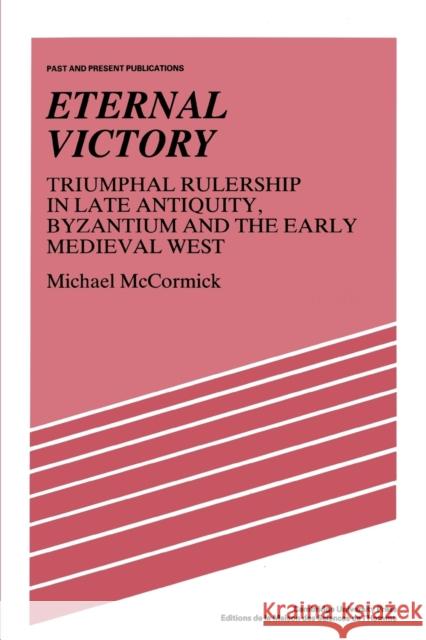Eternal Victory: Triumphal Rulership in Late Antiquity, Byzantium and the Early Medieval West » książka
Eternal Victory: Triumphal Rulership in Late Antiquity, Byzantium and the Early Medieval West
ISBN-13: 9780521386593 / Angielski / Miękka / 1990 / 472 str.
As the Roman empire declined and 'fell', contemporary glorification of the emperor's triumphal rulership reached new heights, strewing traces of the empire's perennial victory across the physical and mental landscape of late antiquity. In this, the first comprehensive study of how a great imperial ceremony actually developed and how it influenced both the eastern and western heirs to the Roman legacy, the Roman triumph's resurgence and afterlife is documented from the Tetrarchy down to the end of the Macedonian dynasty in Byzantium and down to Charlemagne's successors in the early medieval West. This perspective shows that celebrations of the ruler's victory experienced unceasing change in ritual form and content and that these changes mirrored broader trends in the development of society and the monarchy. At the same time, it casts new light on the late Roman origins of the trappings of early medieval kingship. Far from the imperial capital, the cult of triumphal rulership permeated local elites, as commanders in the provinces imitated the supreme victor by staging triumphs of their own, and the new Germanic kings followed suit. Classicists, medievalists, Byzantinists, specialists of art and ritual will find here new data and approaches to a central problem in the transformation of the Roman empire which culminated in the new civilization of Byzantium and the Germanic Kingdoms.











